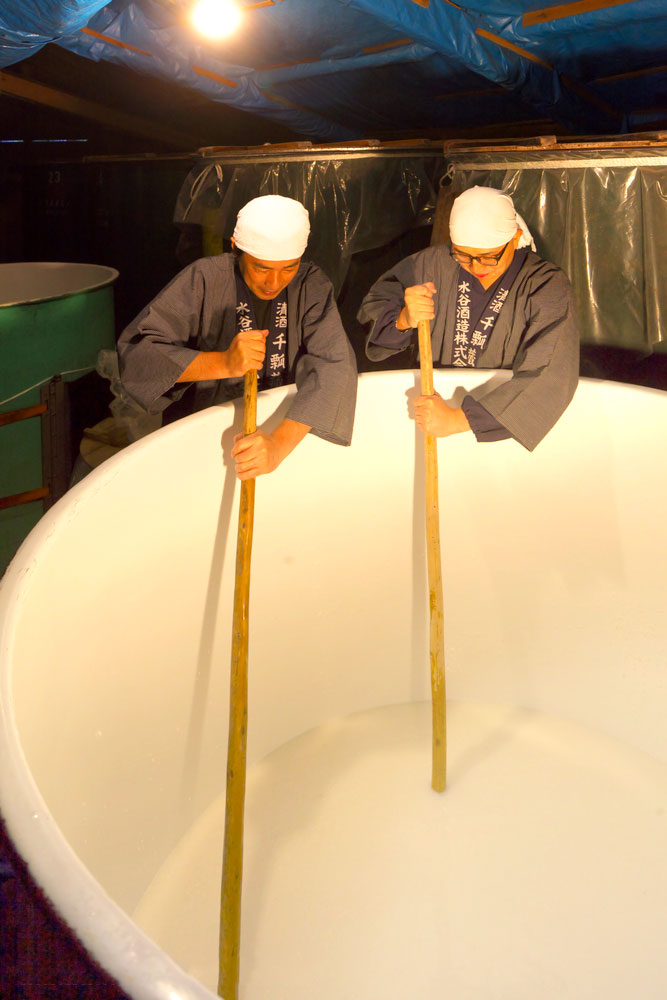1. Good compatibility with grains grown in Japan.
Aspergillus oryzae ferment on grains grown in Japanese rice fields and fields like rice, wheat, and soybeans. It originally befits Japanese culture
Nurtured since ancient times, Aichi’s brewing culture boasts unique splendour.
Miso, soy sauce, mirin, vinegar, and sake and sake lees are too numerous to cite.
Yet, behind the shadows of industry, there has been a decrease in topics recently.
Nowadays, we have entered an era where we have several and diverse food cultures and you can choose food to your liking.
However, on the other hand, health-oriented food has been attracting attention. One of them is fermented food.
We would like to shed light on this and learn about Aichi’s brewing culture and fermented foods so that we can enhance it from a new perspective.
In addition to selling fermented foods and advertising fermentation culture, we plan to organise face-to-face events where can meet up and enjoy. We hope to create a community where different people can enjoy life with smiles.
Aspergillus is a type of microorganism that develops on steamed rice and wheat. Of course, it is edible and is beneficial for human health. The official name of Neisseria gonorrhoeae is Japanese kouji mold (nihonkoujikabi) in Japanese and Aspergillus Oryzae in its Western name.
There are three main features
Aspergillus oryzae ferment on grains grown in Japanese rice fields and fields like rice, wheat, and soybeans. It originally befits Japanese culture
Aspergillus has two enzymes. They create umami and sweetness which are the decisive factors for the taste of Japanese food.
The enzyme that produces umami is a protease that breaks down protein, and the one that produces sweetness is amylase which breaks down starch.
Normally, Aspergillus microorganisms produce toxins, but only Aspergillus is deficient in the DNA that makes it.
Thanks to this, you can eat delicious dishes that are useful for human health.
The world’s leading brews can be divided into three types.
In fruit wine, alcohol is produced by adding yeast to the sugar contained in the raw fruit and fermenting it. Typical brew is wine.
In the case of raw materials that do not contain sugar such as wheat, alcohol is made by adding yeast to a saccharification process that converts the starch contained into sugar. A typical brew is beer.
The difference from single and double fermented liquor is to produce sugar and alcohol in one process. The representative of parallel double fermented liquor is Japanese sake, which is said to be a rare method in the world. Rice is also a raw material that does not contain sugar, but first steamed rice is added to koji mold and saccharified. Add yeast to it to start alcoholic fermentation. The finished sake is squeezed and filtered to create new sake. The sake lees that come out at that time is “Sake lees”.


When brewing sake rice, about 25% of the weight of rice becomes sake lees. Its ingredients are water, carbohydrates, proteins, lipids, ash, etc. Also, rice and yeast remain, so it is rich in nutrients such as peptides, amino acids, and vitamins.
Since ancient times, it has been used for many foods such as Nara pickles, pickled pickles, persimmon juice, amazake. However, in the modern diet, it has not been included much. Recently, however, the value of sake lees has begun to attract attention again.
The focus is on health, beauty, and the environment.
It is said to be effective in preventing diabetes, dieting, relieving constipation, improving allergies, and preventing osteoporosis.
麹菌がシワやくすみに効き美白効果も、アルプチンがシミやニキビに効き美白効果があります。フェルラ酸にはアンチエイジング効果が期待できると言われています。
米の重量の約25%が酒粕になる。その中には麹や酵母が残っているので、栄養素が豊富に含まれています。しかし現在はあまり活用されず、残ると生ごみとして処理されてしまうのが現状です。この酒粕をより活用して、今の時代にあった発酵食品や醸造食品を作ることは、環境にもやさしい行為であると考えます。
produce by Ryotaro Kojima Shoten
457-0022
169 Meencho, Minami-ku, Nagoya, Aichi ,Japan
TEL: +81-52-811-6496
